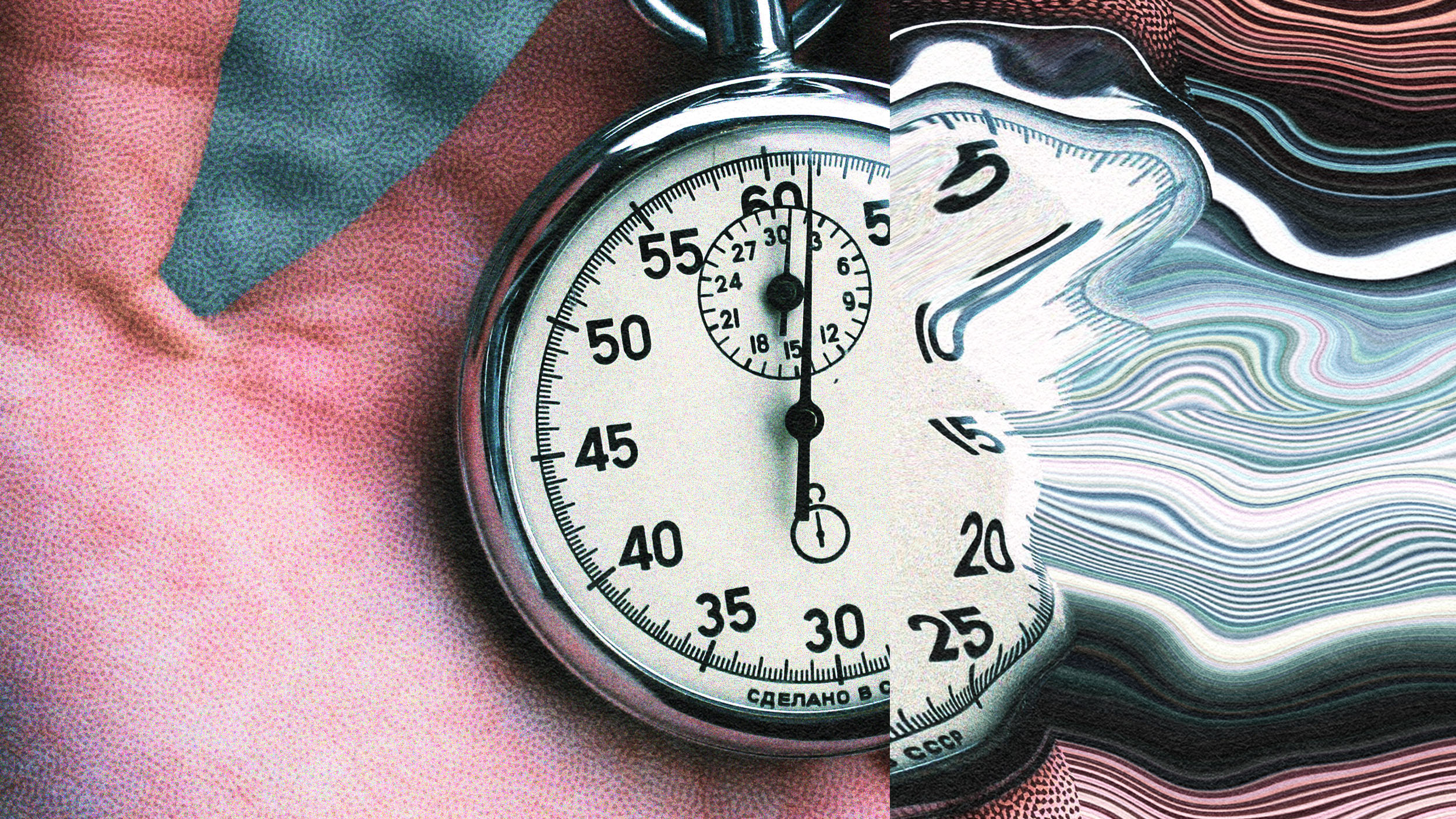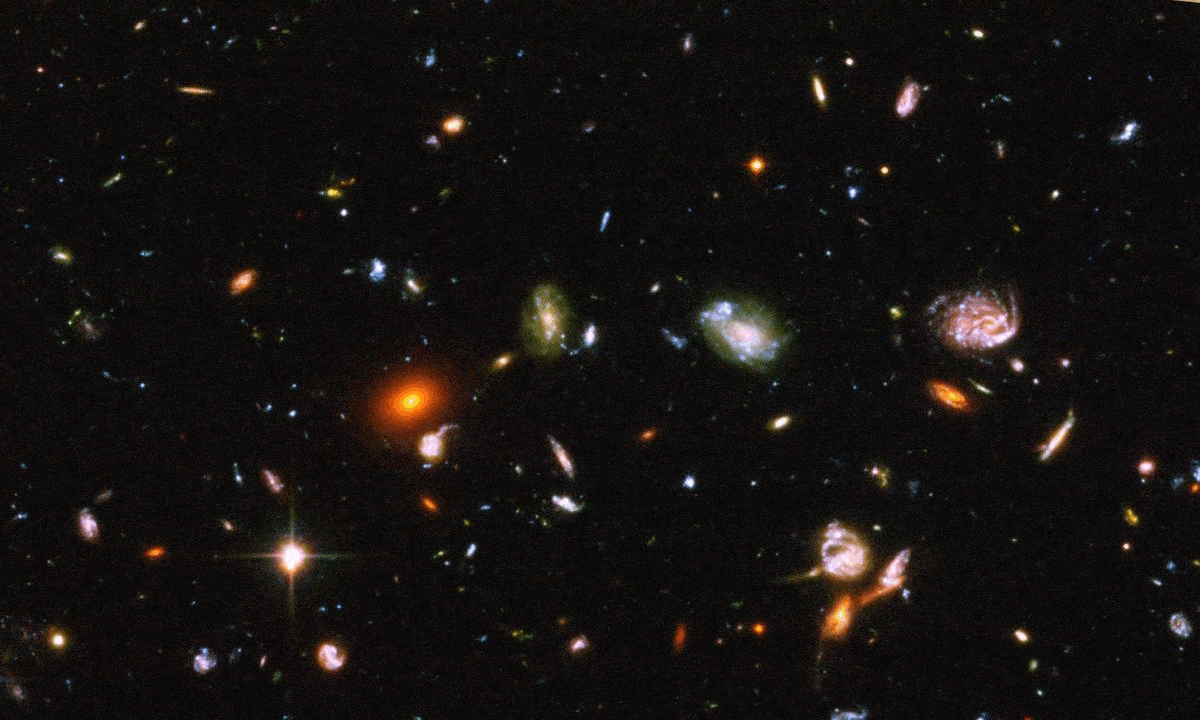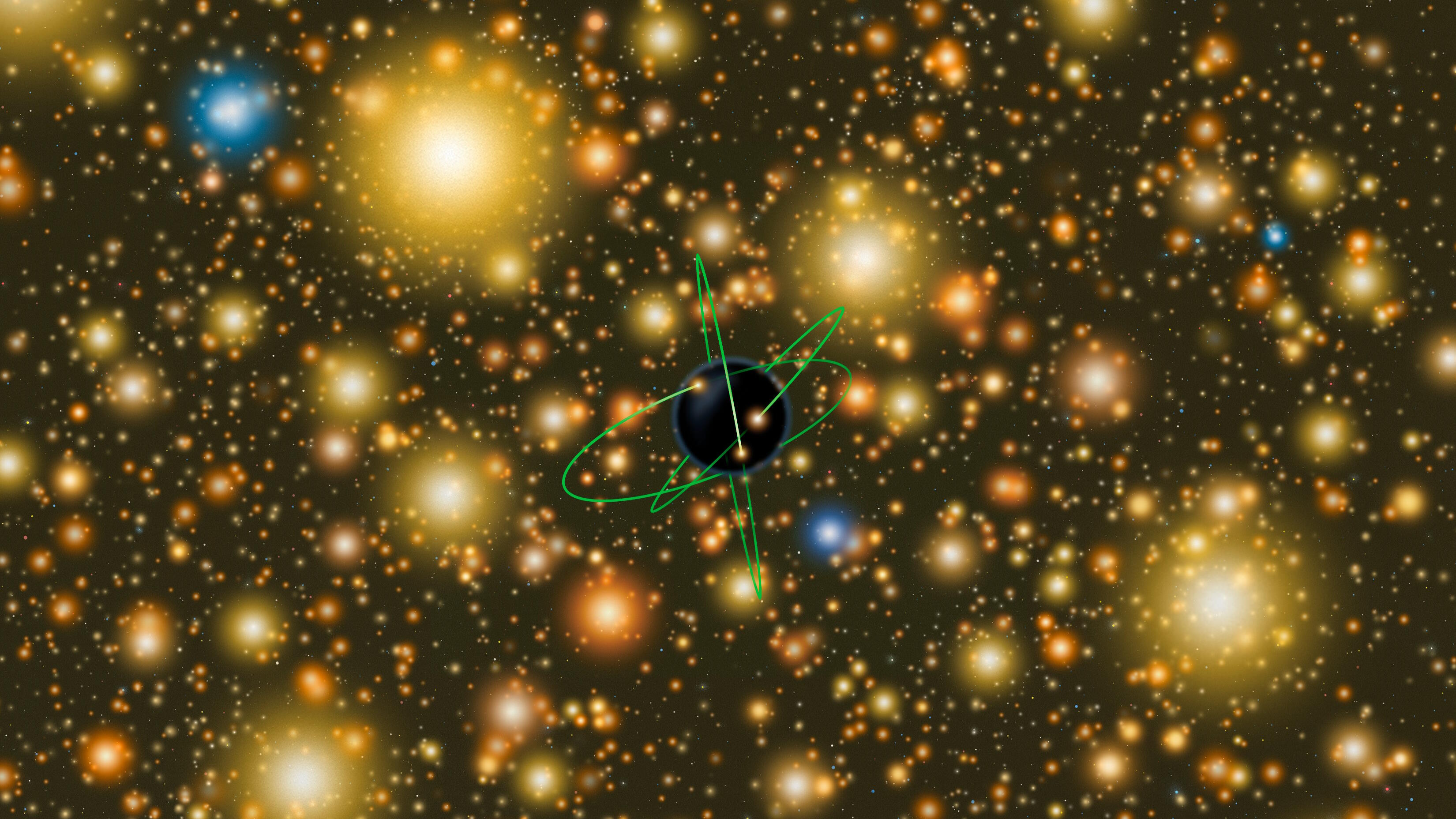CERN experiment helps narrow the hunt for dark matter

- Astronomers have long observed that galaxies rotate faster than expected, suggesting the presence of an unseen substance called dark matter.
- Despite extensive efforts, no direct evidence of dark matter has been found, prompting CERN scientists to use the NA64 facility to search for lighter forms of dark matter using high-energy muons.
- The initial results have ruled out some dark matter scenarios, and future improvements in the experiment may enhance the chances of detecting this elusive substance.
Over the past half-century, astronomers have faced an embarrassing problem: Galaxies rotate too fast. When astronomers measure the speed of stars on the outskirts of galaxies, they are much higher than expected. It’s as if a cloud of invisible matter surrounds nearly every galaxy in the Universe. This matter interacts gravitationally and neither absorbs nor emits light. Astronomers even have a name for this ghostly substance: dark matter.
The problem is that, despite decades of efforts, no direct evidence of dark matter has been observed. Scientists working at the CERN laboratory in Europe have created a facility that will provide new capabilities in the search for this elusive substance. They recently released their first results.
NA64
Using the CERN NA64 facility, scientists employed a high-energy beam of muons to search for a form of dark matter that has been overlooked by previous searches. This effort follows in the footsteps of a long history of experiments searching for dark matter with specific properties.
While the evidence of the rapidly spinning galaxies is very strong evidence that dark matter exists, its properties are unknown, with the possible mass of individual dark matter particles spanning an enormous range. On the light side, one theory proposes that individual particles have a mass much lower than an electron. On the heavy side, individual dark matter particles could be 30 times the mass of the Sun.
Since the 1990s, various experiments have ruled out some possibilities; for example, most scientists now rule out very heavy dark matter, preferring models in which individual dark matter particles are atomic or smaller in size. In the early 2000s, the scientific community favored models in which dark matter particles were in the range of the mass of a proton to as much as a few thousand times heavier than that. However, with the 2010 start of operations of the Large Hadron Collider, the world’s most powerful particle accelerator, dark matter of this form is becoming increasingly disfavored.
The NA64 facility was designed to look for possible lighter forms of dark matter. Rather than attempting to detect it directly, the NA64 experiment relies on the fact that dark matter doesn’t interact with ordinary matter as a way to detect it.
Energy conservation is a central principle of physics. It says that energy can neither be created nor destroyed. If you measure the energy of a system at one time, it will remain the same, no matter what happens. It’s like a bank account that doesn’t pay interest. Whatever you deposit, you can take out. If the two numbers don’t balance, somebody stole some of your money.
The basic principle of the NA64 experiment is similar. High-energy muons crash into a target, interacting with atomic nuclei. After the collision, the energy of the debris is measured. If the energy after the collision is less than the energy before the collision, then the energy has somehow escaped, undetected. One possibility is that a dark matter particle was created. Because dark matter doesn’t interact, it would have traveled through the detector without interacting. Essentially, you know it’s there because you didn’t see it.
The NA64 experiment looked for dark matter in the range of about 0.5% to 50% of the mass of a proton. Besides being a range of masses that had not been fully explored using a muon beam, this range was fortuitous for other reasons as well.
Muons are essentially heavy electrons. They have the same electric charge and spin characteristics as electrons, but muons are heavier. Having both electric charge and spin means that muons act like tiny magnets and the magnetic properties of muons have been mysterious for the past couple of decades. The name given to this magnetic property is “muon g-2,” and scientists have both predicted and measured muon g-2 very precisely. They agree, digit for digit, for seven digits, and then disagree in the eighth. The measurement was made by the Muon g-2 collaboration, and the prediction was made by the Muon g-2 Theory Initiative.
Having data and prediction disagree is not inherently surprising. After all, measurement and theoretical prediction rarely agree exactly. However, if the theory is correct and the measurement is accurate, the two should be close and should agree within the stated uncertainties.
Future experiments
The most recent measurement and prediction do not agree with the stated uncertainties, and this has set off a firestorm of discussion in the scientific community. When very precise predictions and measurements disagree, it is often a sign of an impending discovery. Thus, any measurement of muons could help resolve the situation.
The NA64 collaboration studied 20 billion muon collisions, looking for collisions with the right amount of missing energy. None were observed. This result has both ruled out a range of dark matter scenarios, as well as ruled out certain explanations for the muon g-2 mystery.
The NA64 experiment is still being developed and future improvements are expected to create a thousandfold increase in the number of muons to be studied. In tandem with the increased beam, improved equipment will result in a tenfold reduction in measurement uncertainties associated with mismeasuring muon energy. When these two improvements are achieved, the resulting apparatus will significantly improve the experiment’s capabilities and it is possible that future measurements could find the elusive dark matter.





